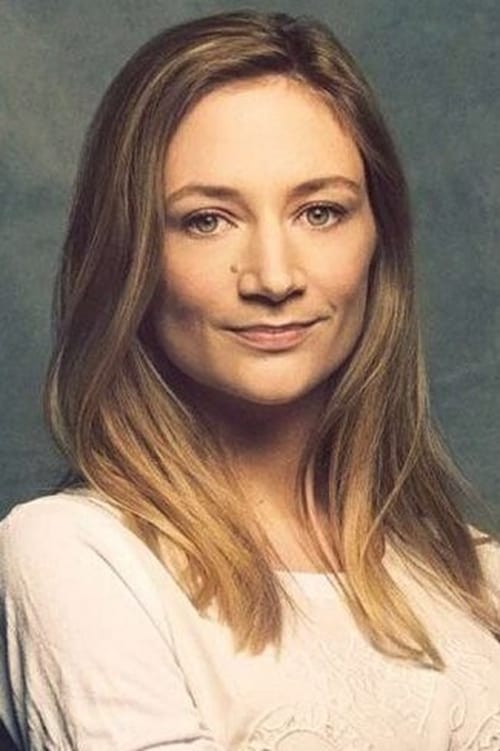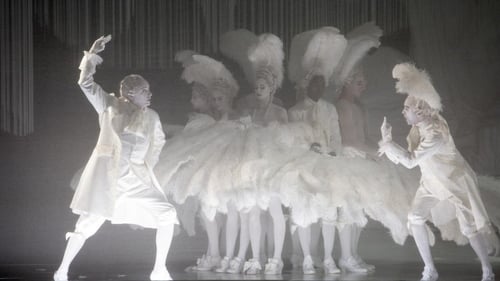Sabine Devieilhe
Nascimento : 1985-12-12, Ifs, Calvados, France
História
Sabine Devieilhe is a French operatic coloratura soprano.
After cello and musicology studies, Sabine Devieilhe followed the teachings of Jocelyne Chamonin, Martine Surais, Pierre Mervant, Malcolm Walker or Kenneth Weiss, Anne Le Bozec, Susan Manoff, Olivier Reboul and Elène Golgevit. She received the First Price unanimously with the congratulations of the jury of the Paris Conservatoire National Supérieur de Musique et de Danse in 2011. Parallel to her studies she starts a close collaboration with ensembles like Pygmalion (cond. Raphaël Pichon) and Les Cris de Paris (cond. Geoffroy Jourdain) and performs a large repertory from ancient music to contemporary music, while she approachs the baroque repertory from Bach to Rameau with Jean-Claude Malgoire and Alexis Kossenko and while the Orchestre National d’Ile de France (L’enfant et les sortilèges, cond. David Levi) and the Orchestre de Paris give her access to other stages. She also performs in concert with Les Arts Florissants, Marc Minkowski and Les Musiciens du Louvre, Hervé Niquet and Le Concert Spirituel…
As from 2011-12 her career took off at great speed : she made her first steps in the Bel Canto with Amina/La Sonnambula under Jean-Claude Malgoire who also offered her La Folie/Platée; the Aix-en-Provence Festival inviteds her for Serpetta/La finta giardiniera (staged by Vincent Boussard, July 2012) ; the Montpellier Opera offered her the title-part of LAKME ; she is awarded Opera Singer Discovery of the year at the 20th French Victoires de la Musique in 2013 ; the Lyon National Opera gave her the opportunity to perform her first Queen of the Night/Magic Flute and she signed an exclusivity contract with Erato/Warner Classics ! Since then she performed Constance/Dialogues des carmélites at the Lyon National Opera (staged by Christophe Honoré), in a last minute replacement at Paris Théâtre des Champs-Elysées (cond : Jérémie Rohrer, staged by Olivier Py) and at the Amsterdam Opera , LAKME at Paris Opera Comique, Toulon & Avignon ; Queen of the Night/Die Zauberflöte at Paris National Opera ; Euridyce/Orphée et Euridyce at La Monnaie Royal Theatre in Brussels (staged Romeo Castelucci) ; Adèle/Die Fledermaus at Paris Opera Comique ; Mélisande/Pelleas et Melisandre (cond. Jean-Claude Malgoire) ; Nanetta/Falstaff at Marseille Opera ; Fire, Princess and Nightingale / L’enfant et les sortilèges at the Glyndebourne Opera Festival & in a concert version under Esa-Pekka Salonen with the Orchestre de Paris at La Philharmonie de Paris, The Philharmonia at the Royal Festival Hall in London or in Stockholm with the Swedish Radio Symphony Orchestra ; Ismène/Mitridate (Le Concert d’Astrée/Emmanuelle Haïm) & Amina/La Sonnambula in a concert version at the Théâtre des Champs-Elysées, in the series Les Grandes Voix.






